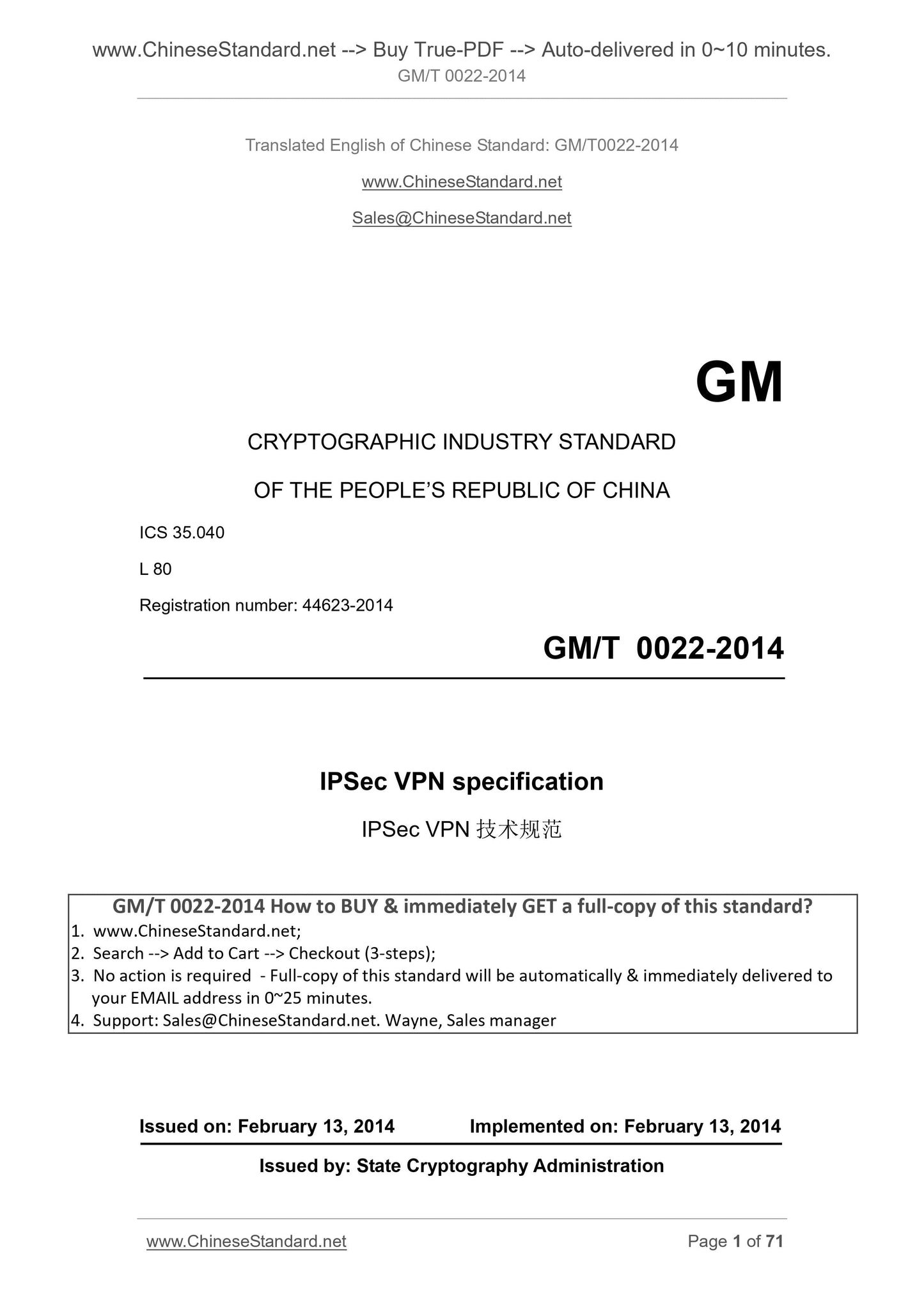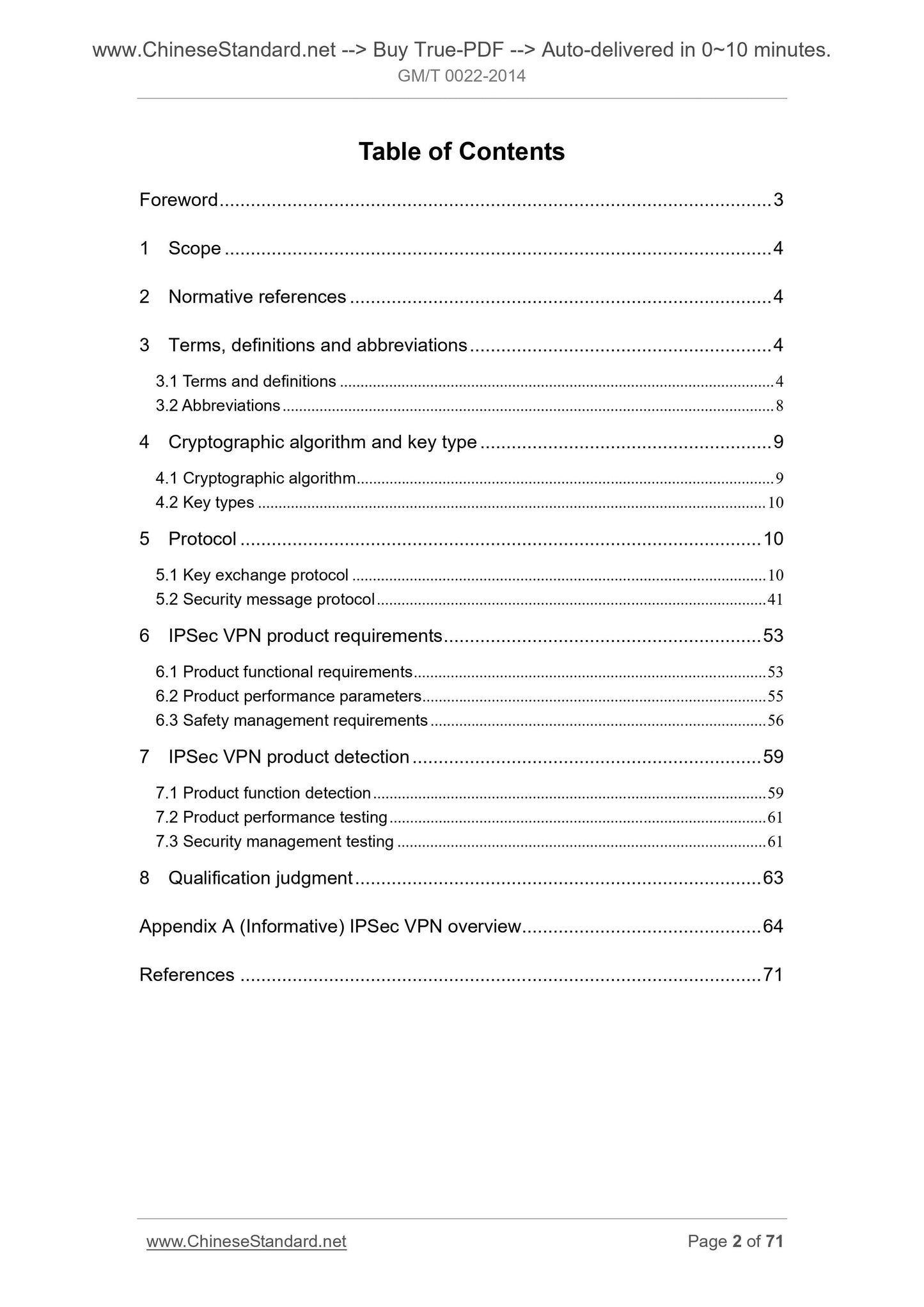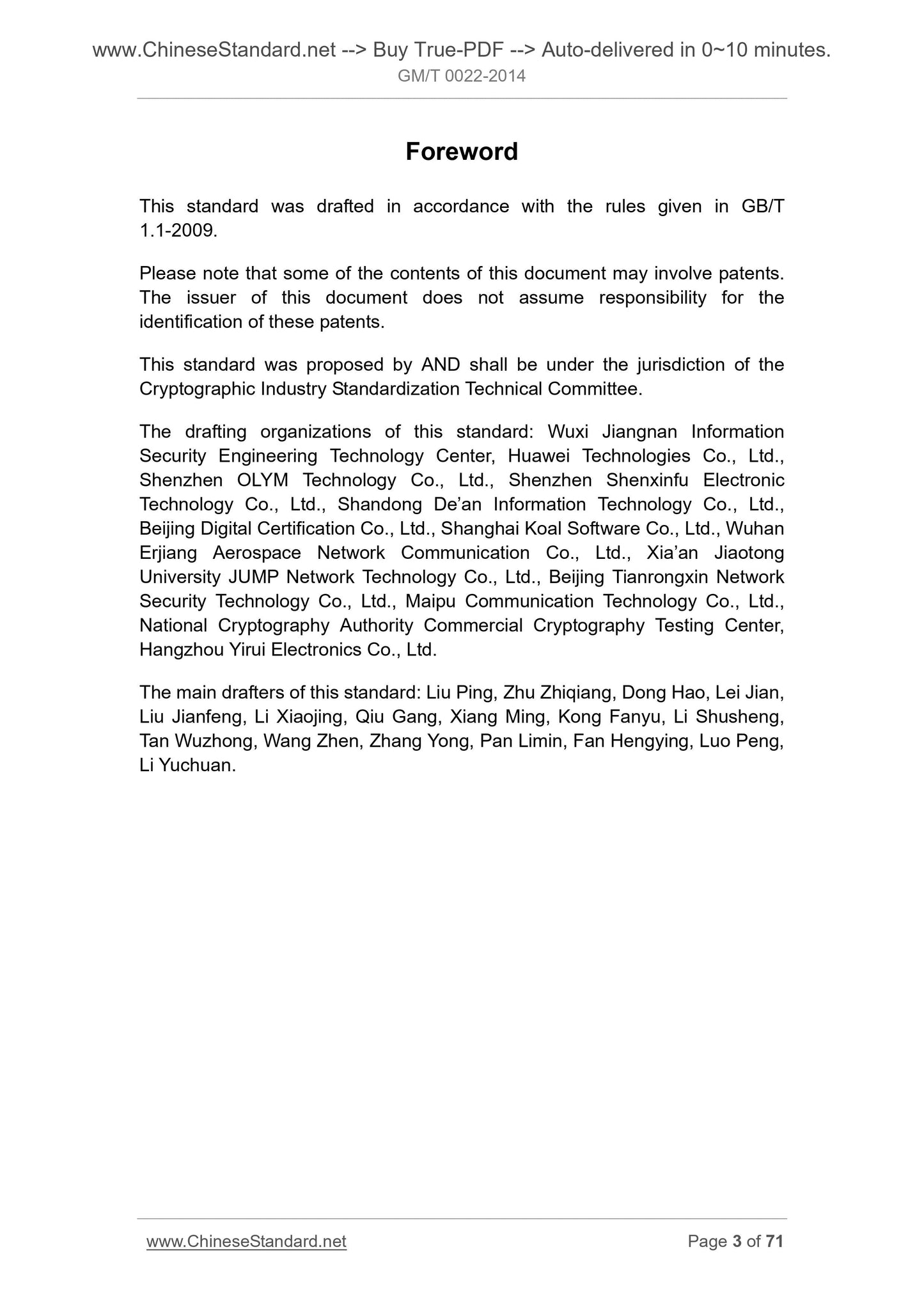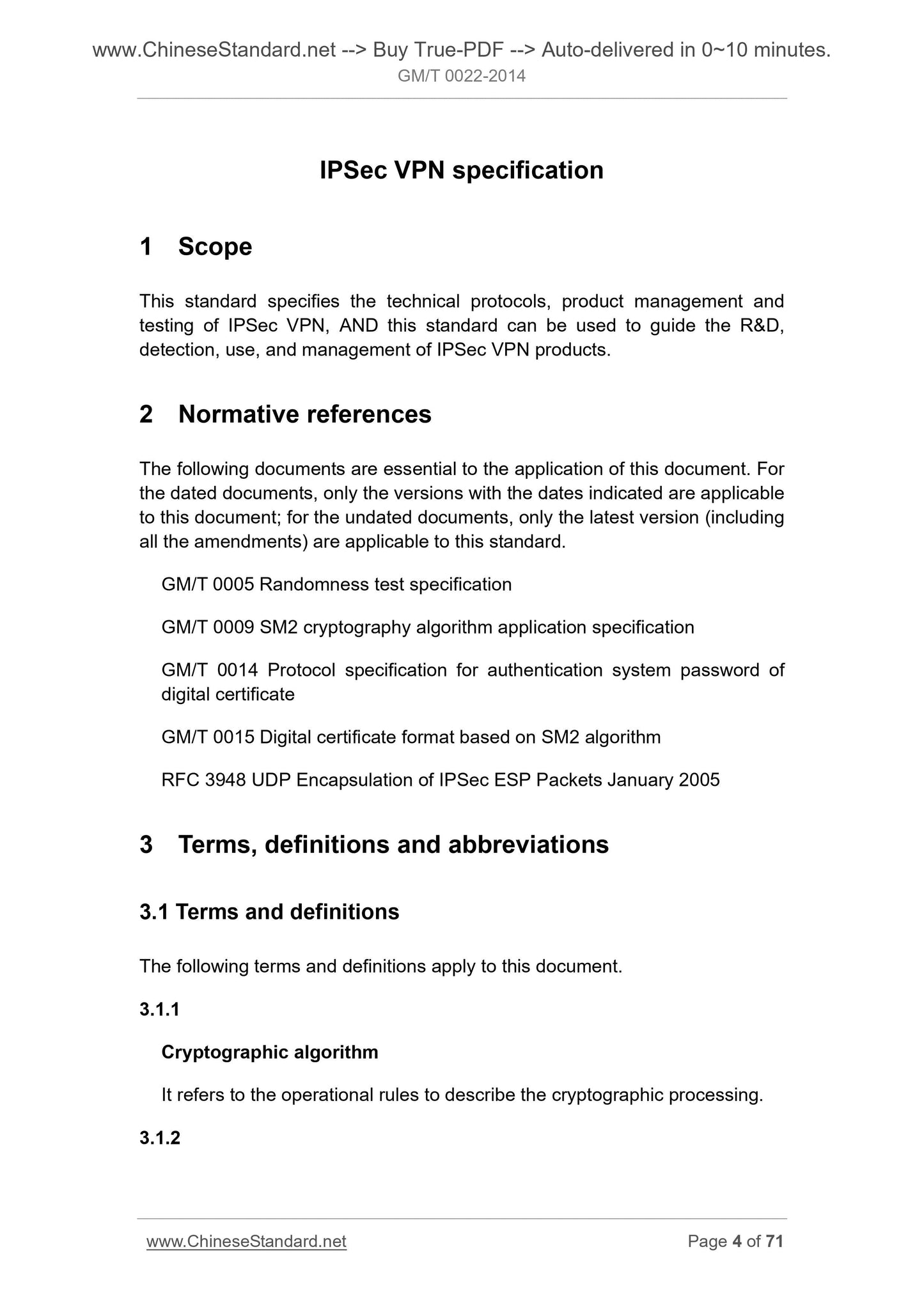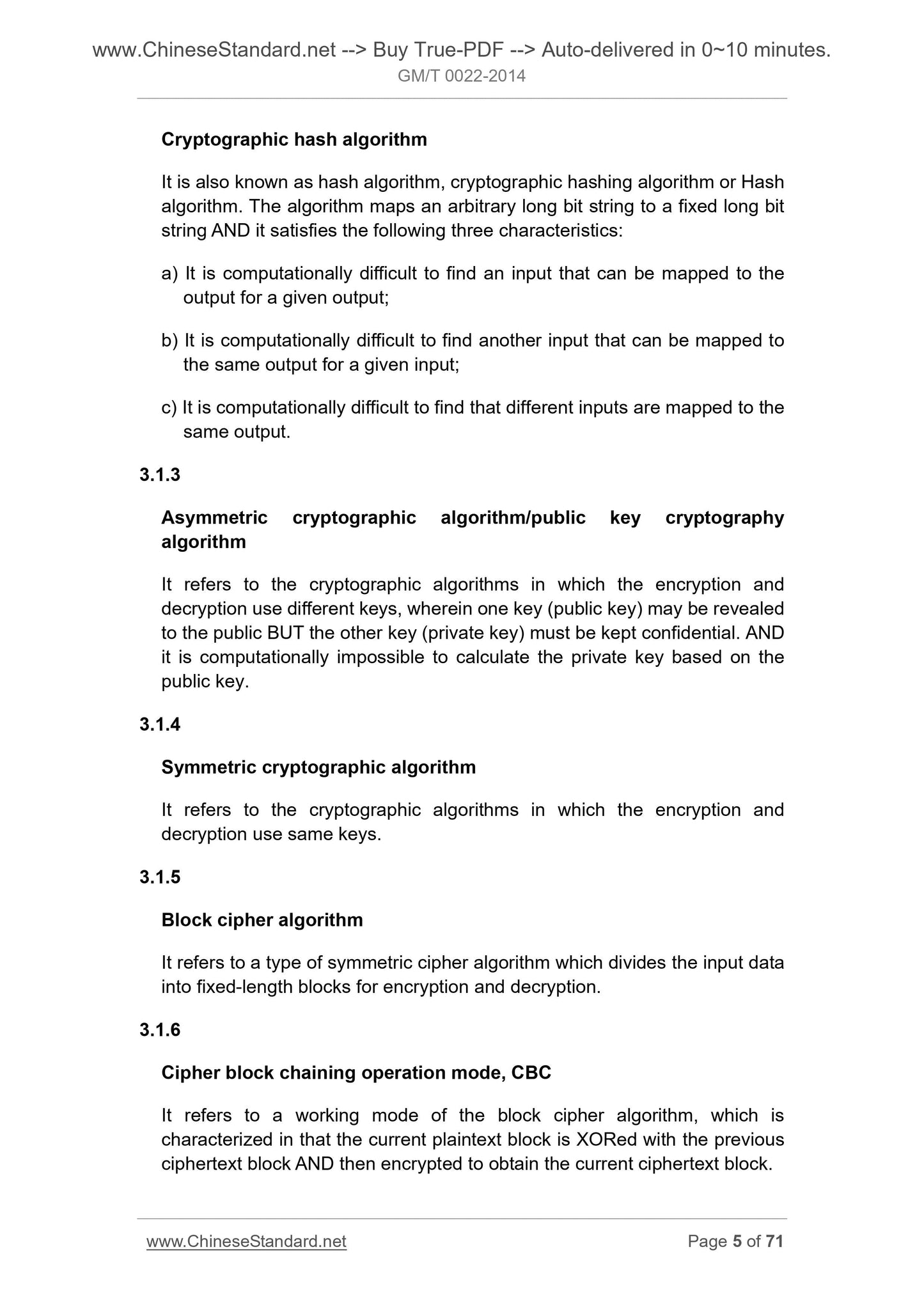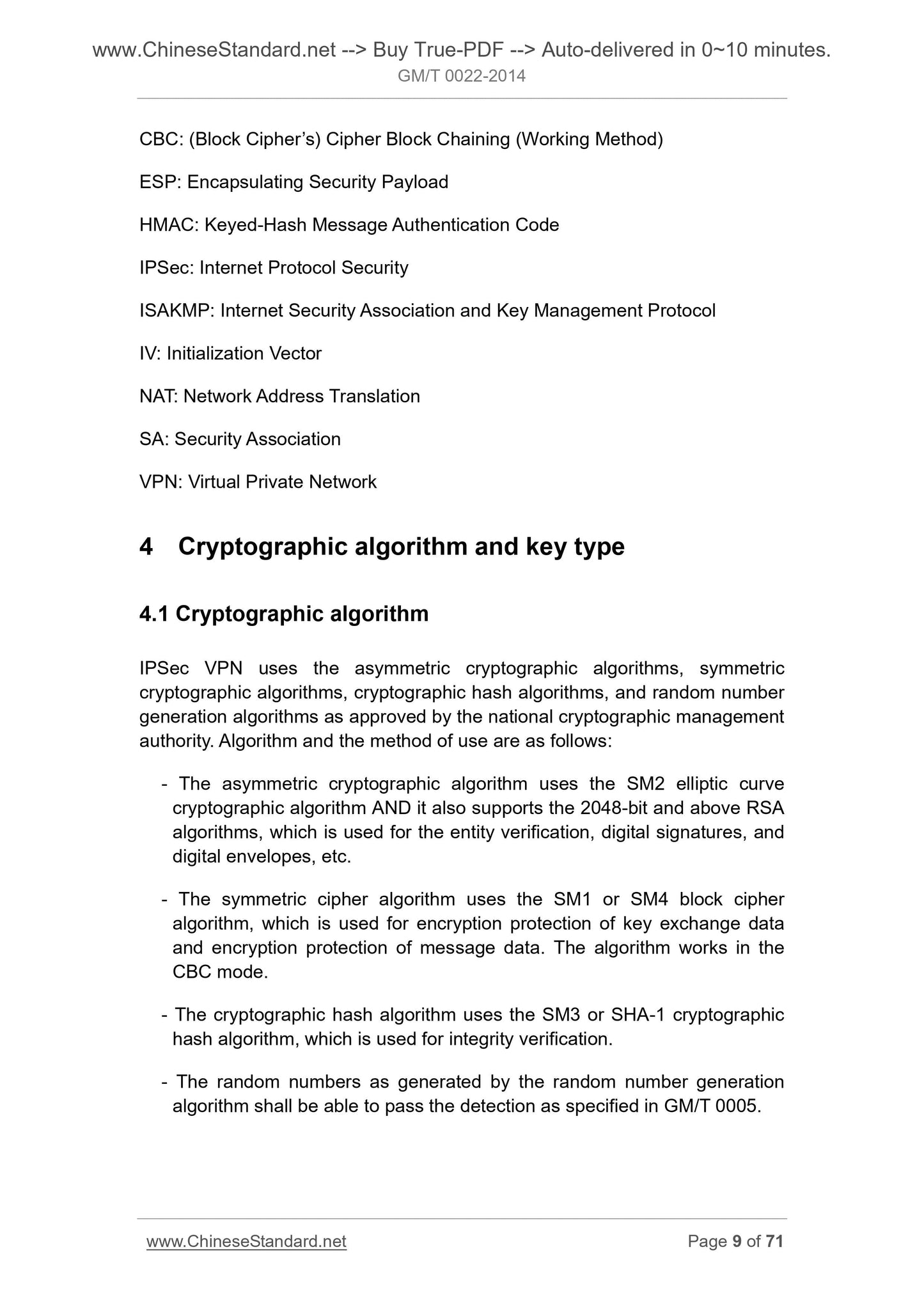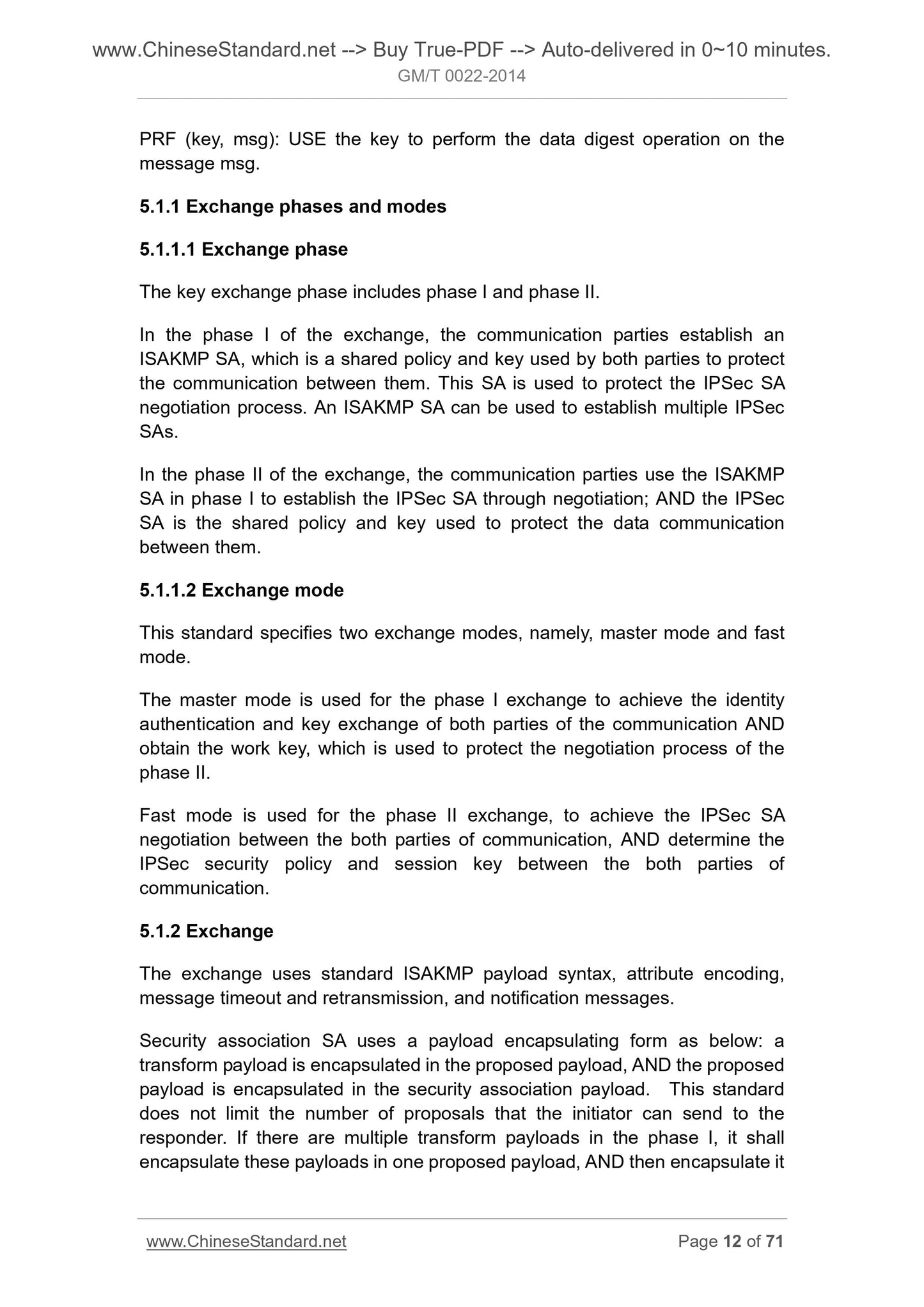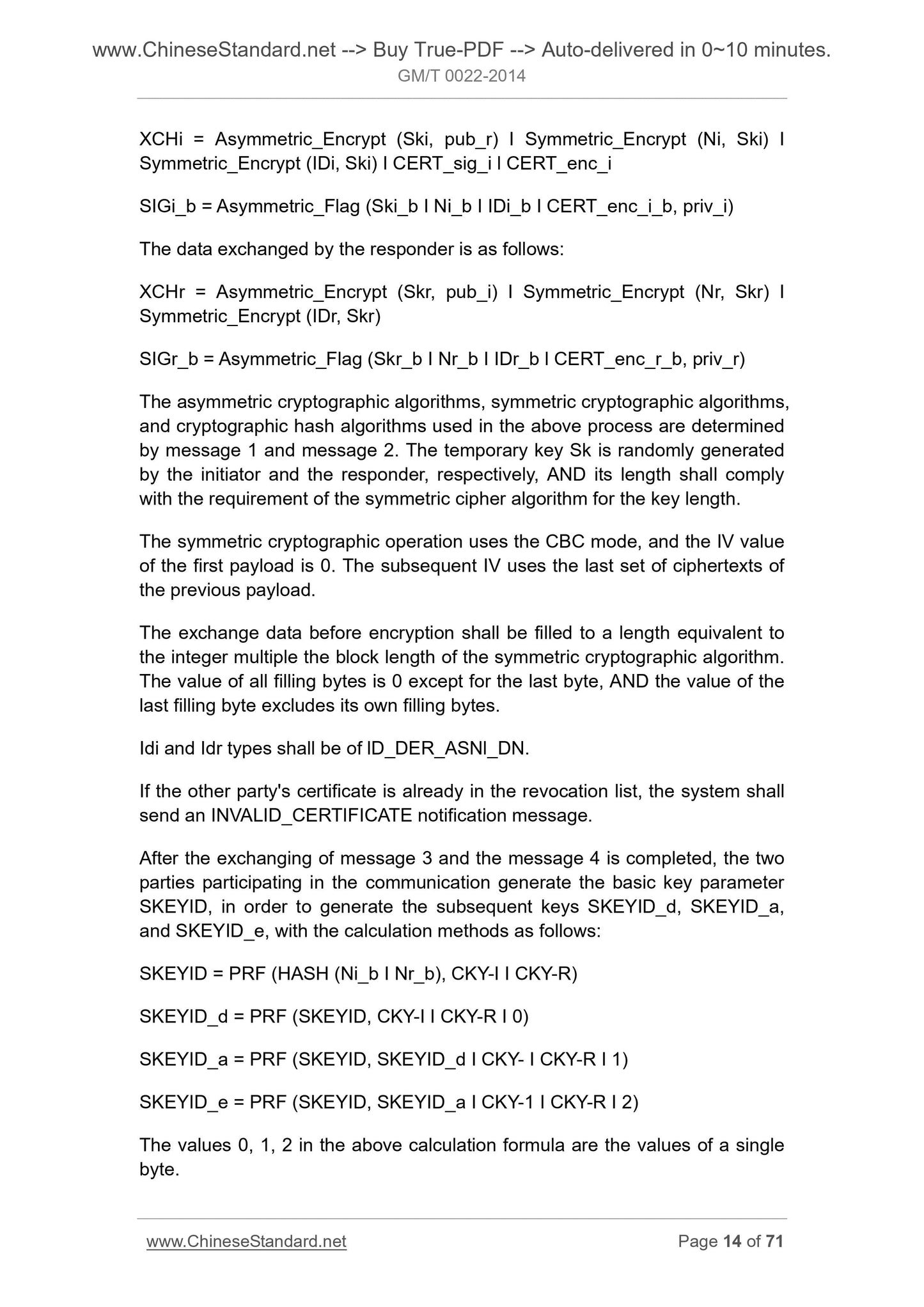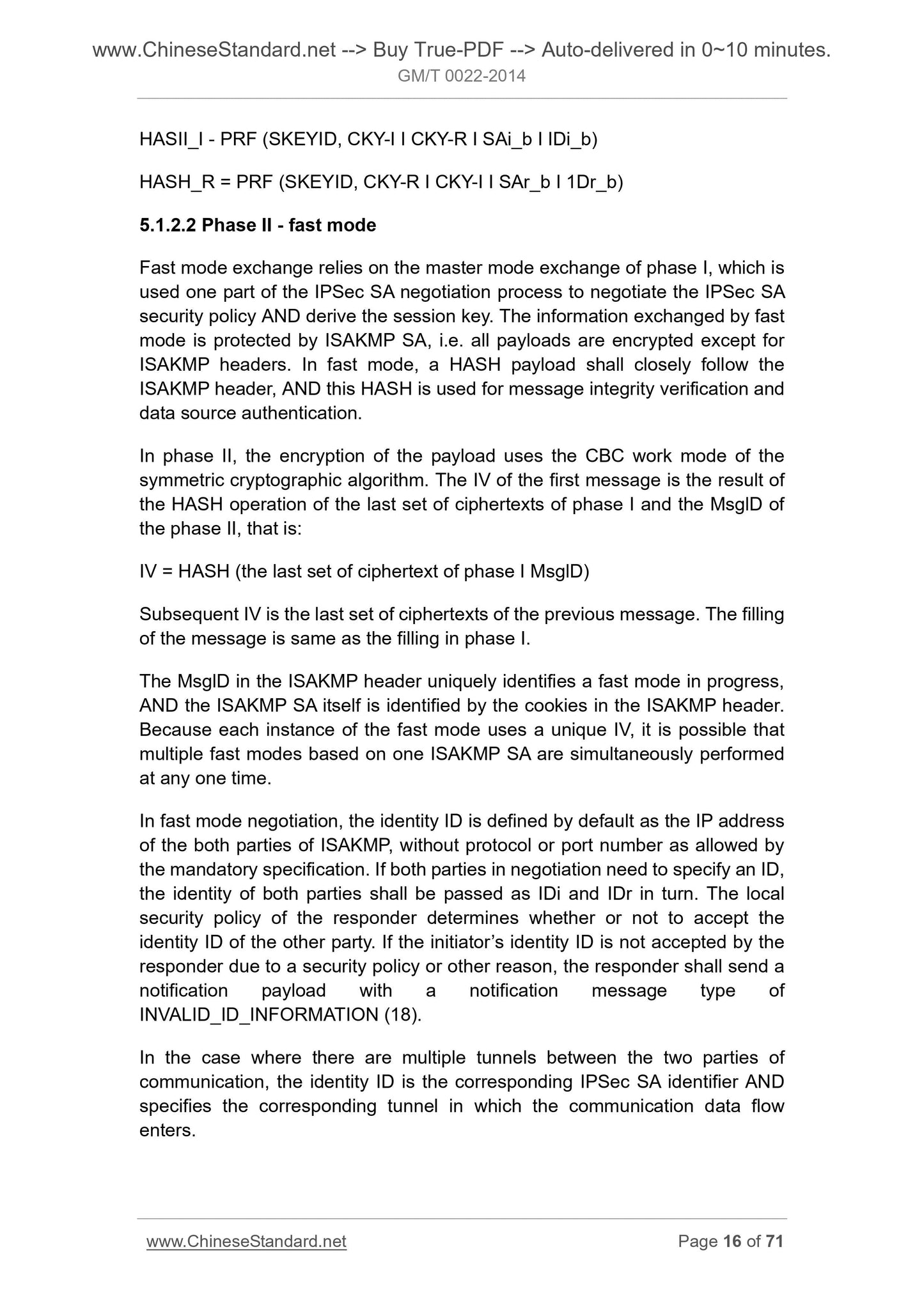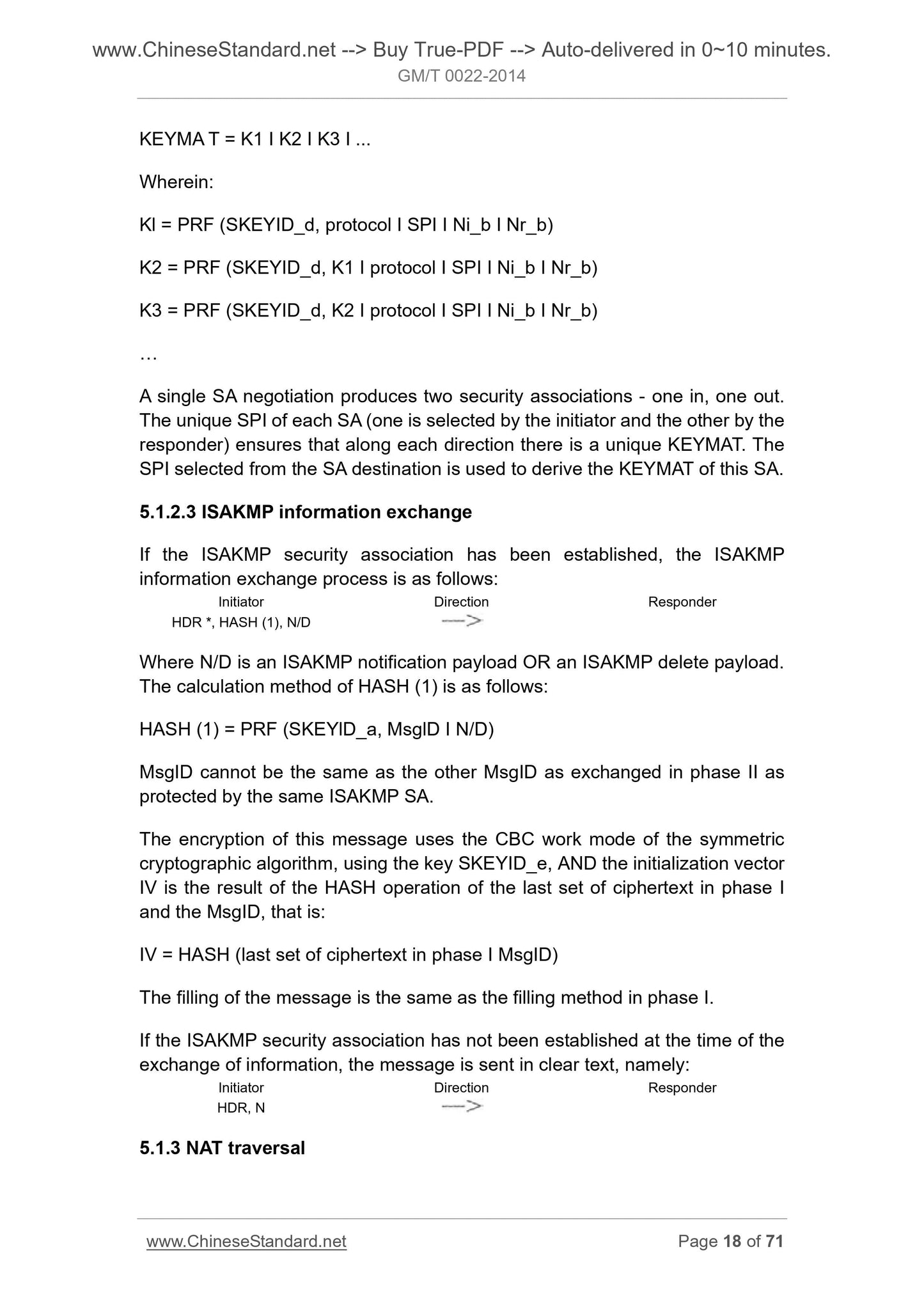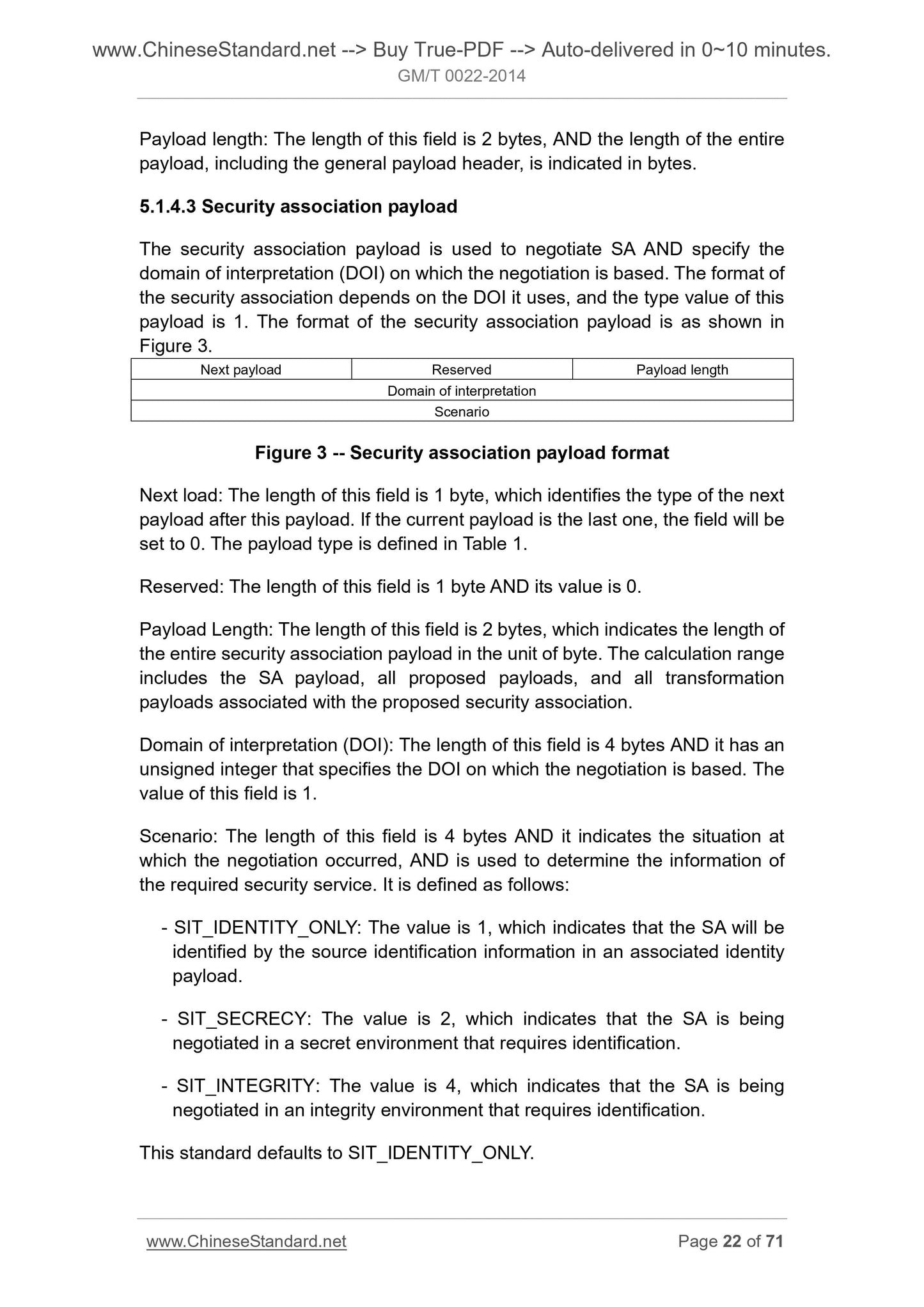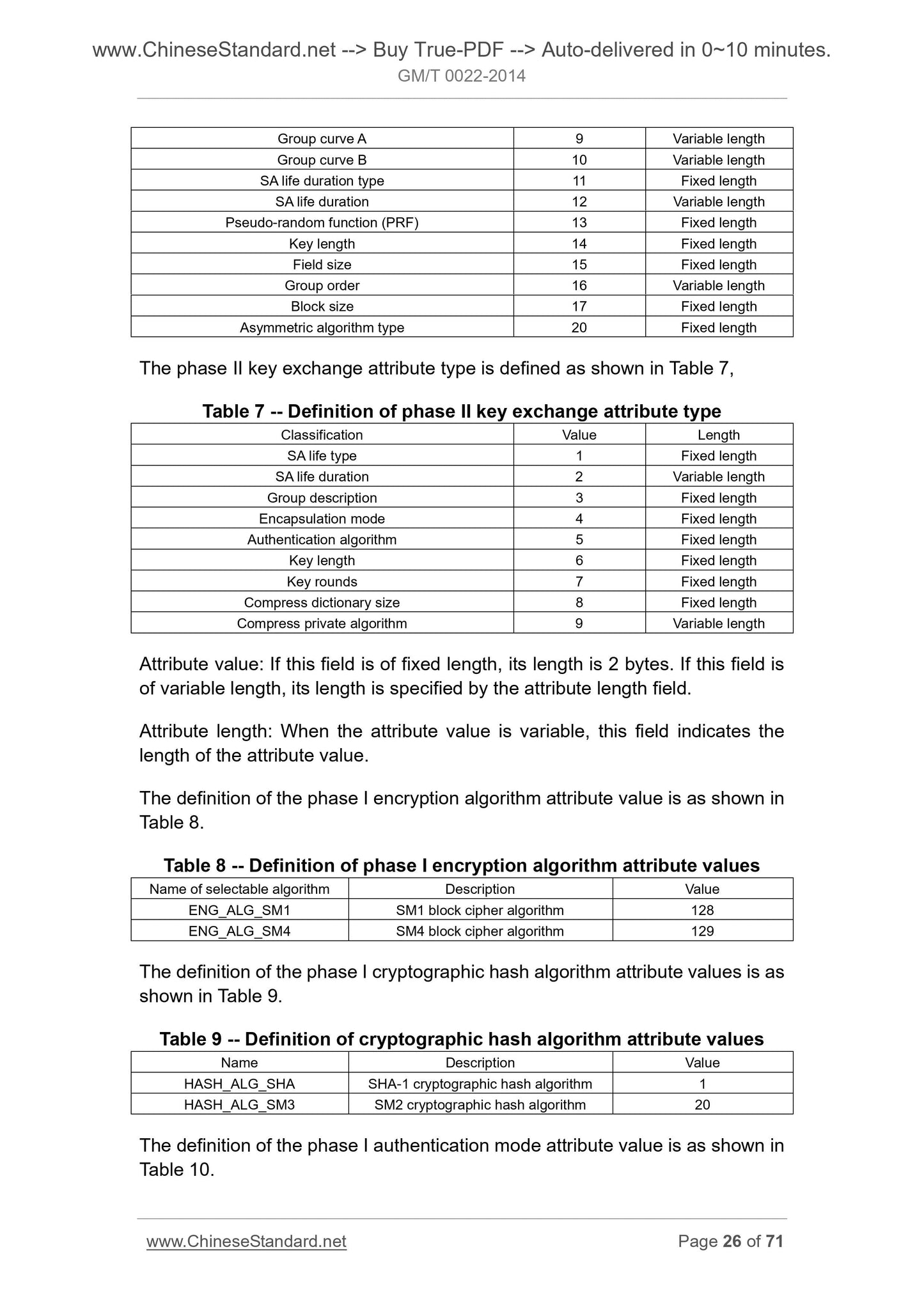1
/
of
12
www.ChineseStandard.us -- Field Test Asia Pte. Ltd.
GM/T 0022-2014 English PDF (GM/T0022-2014)
GM/T 0022-2014 English PDF (GM/T0022-2014)
Regular price
$180.00
Regular price
Sale price
$180.00
Unit price
/
per
Shipping calculated at checkout.
Couldn't load pickup availability
GM/T 0022-2014: IPSec VPN specification
Delivery: 9 seconds. Download (and Email) true-PDF + Invoice.Get Quotation: Click GM/T 0022-2014 (Self-service in 1-minute)
Newer / historical versions: GM/T 0022-2014
Preview True-PDF
Scope
This standard specifies the technical protocols, product management andtesting of IPSec VPN, AND this standard can be used to guide the R and D,
detection, use, and management of IPSec VPN products.
Basic Data
| Standard ID | GM/T 0022-2014 (GM/T0022-2014) |
| Description (Translated English) | IPSec VPN specification |
| Sector / Industry | Chinese Industry Standard (Recommended) |
| Classification of Chinese Standard | L80 |
| Classification of International Standard | 35.040 |
| Word Count Estimation | 52,526 |
| Date of Issue | 2/13/2014 |
| Date of Implementation | 2/13/2014 |
| Quoted Standard | GM/T 0005; GM/T 0009; GM/T 0014; GM/T 0015; RFC 3984 |
| Regulation (derived from) | The industry standard for the record Notice 2014 No. 4 (No. 172 overall) |
| Issuing agency(ies) | State Administration of Cryptography |
| Summary | This standard specifies the protocol IPSec VPN technology, product management and testing can be used for research, inspection side, use and management guidance IPSec VPN products. |
Share
